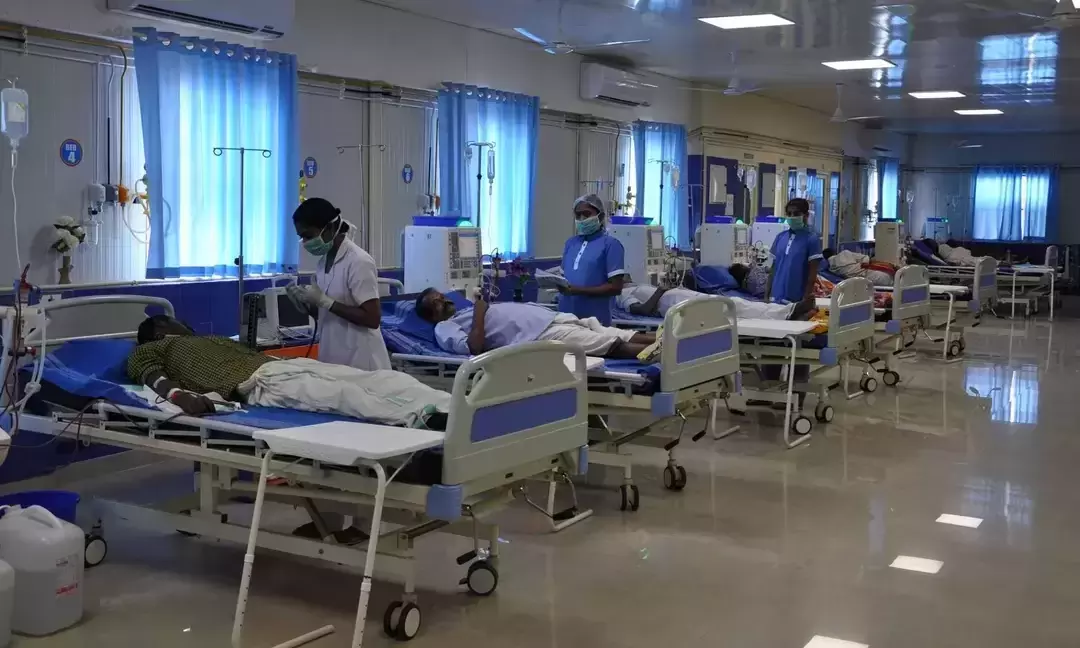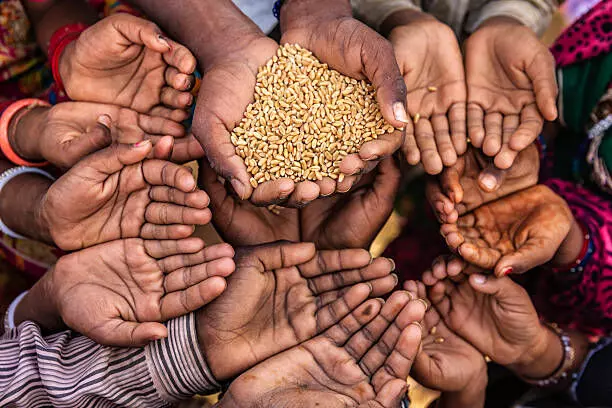
Hunger pangs in the stomach is the problem
text_fieldsIn every recent global report which estimated the extent of democracy, civil liberties and press freedom, the position of the world's largest democracy has gone abysmally low. No different was the Global Hunger Index released the other day. India is in 107th position in a list of 121 countries. The Global Hunger Index is prepared based on four indicators, namely undernourishment, child stunting, child wasting, and child mortality. The report states that the country is in the worst condition in terms of child wasting. While Sri Lanka, Nepal, Bangladesh and Pakistan, which are lagging behind India in regard to various development factors, have achieved better positions than us; only Afghanistan, which was devastated by the war, is behind India in the Asian countries, in the 09th position.
When the hunger index came out, the Central government repeated its response it had paid to the earlier reports.The Ministry of Women and Child Development assessed that there are serious problems in the methodology of the study, which has deliberately ignored the government's efforts to ensure food security and is part of efforts to tarnish India's image. The ministry also alleged that incorrect information is a hallmark of the list that is released every year. Last year also, India had not recognized the Global Hunger Index, ranking it 101st in a list that analyzed 116 countries. The Swadeshi Jagaran Manch, a Sangh Parivar organization that advises the BJP on economic and commercial issues, has also demanded action against those who released the irresponsible report defaming the country. Just as labelling those who speak openly about the deprivation of civil rights and the persecution of religious minorities as anti-nationals and hunting them down, will the hunger and malnutrition in the country be solved if we ignore the report accepted by the world's nations by just calling it an attempt to undermine the country? The government says that the three factors measured to prepare the list are related to children's health and do not represent the entire population of the country. So what? Isn't the health of children extremely crucial?
There is no reason to think that the health experts of the Ministry of Women and Child Development are not aware that the health of children under the age of five is closely related to the period of pregnancy and breastfeeding of their mothers. This is the Indian reality that is staring with a bony cheek. The root cause of these hunger-induced vulnerabilities is those who frequently implement policies and decisions that destroy all the sectors in which the poor people of India used to seek livelihoods from, such as agriculture, small trade, handloom and handicrafts. This is also the consequence of derailing the public distribution system that saved the country from starvation in the midst of poverty, as well as suffocating the National Rural Employment Guarantee Scheme. The National Mid-Day Meal Scheme, which was implemented to ensure nutrition for children and prevent school dropouts, is being sabotaged by not releasing food grains and funds.
Government-backed communal forces block the domestic sale and consumption of beef, a cheap source of nutrition for crores of Indians, portraying it as an act of terrorism. The fact that the opposition parties in the country do not come forward to address hunger as a political issue or an election issue beyond the social media response at the time of the index tables being released, allows the government to get away without addressing the problems of people's lives. The truth is that covering up the hunger figures as an international conspiracy and a ploy by voluntary organizations is no longer acceptable. Let's admit for the sake of argument that the methodology of the enumeration is unscientific, as the government advocates allege. If so, would the government be ready to give an honest account of how many people in the same country where the world's second richest person lives can eat at least twice a day?



















